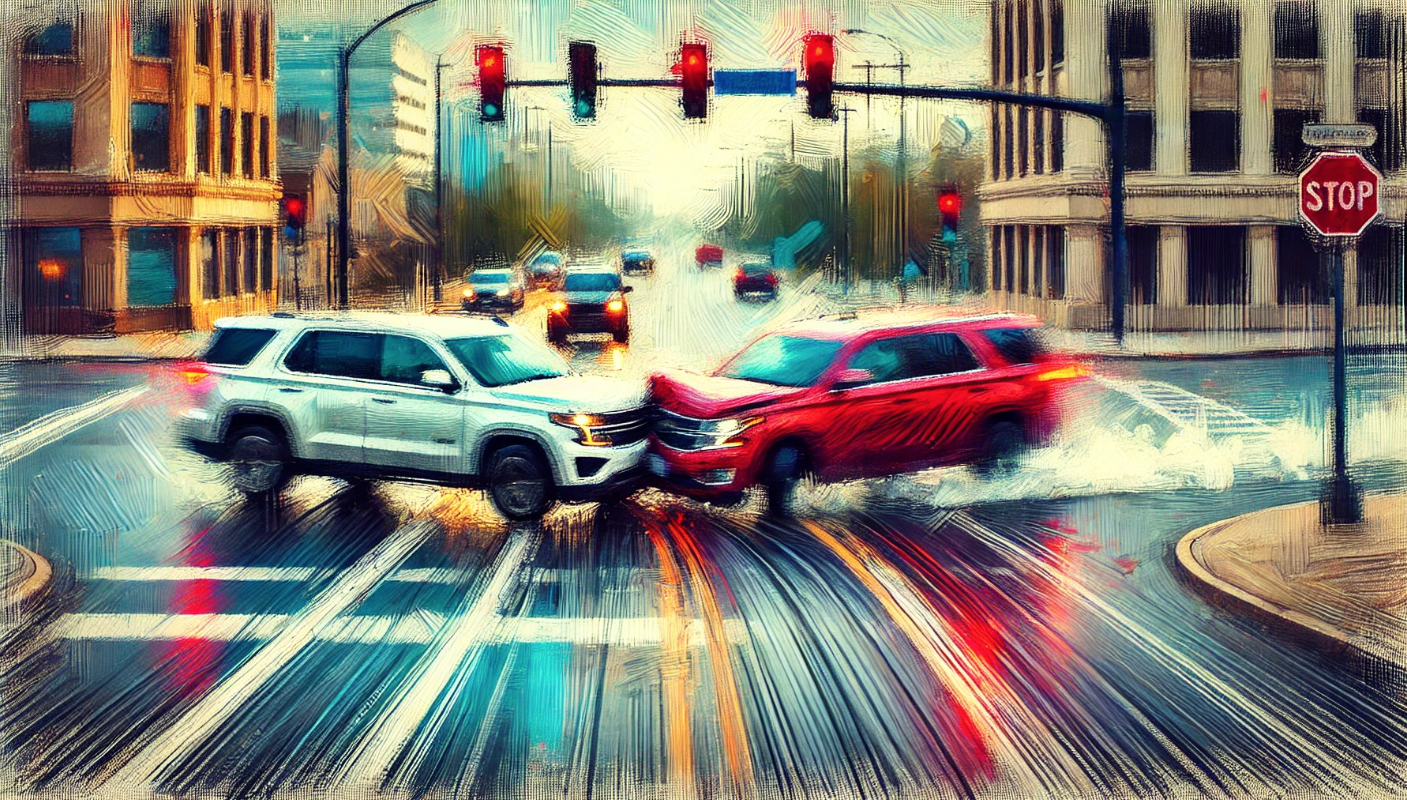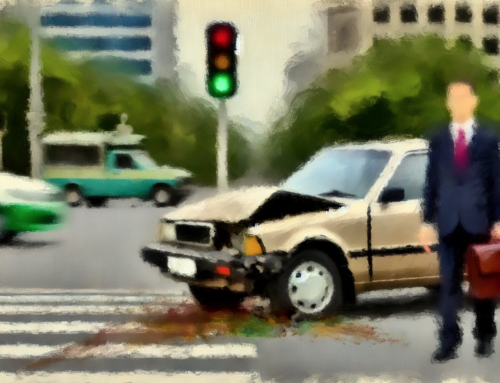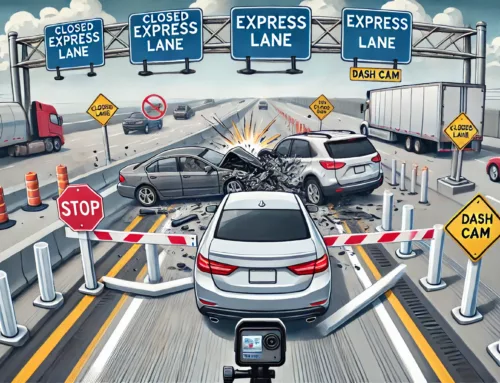U-turn accidents are more common than many people think. These collisions often occur when a driver attempts to make an illegal or improper U-turn, sometimes across multiple lanes of traffic. Determining fault in such accidents can be complicated, but there are clear legal principles that help establish liability.
In this article, we’ll explore why U-turns can be so dangerous, the factors used to determine fault, and how cameras and witnesses play an essential role in proving your case.
Common Scenarios in U-Turn Accidents
- Making a U-Turn Across Multiple Lanes:
- One of the riskiest behaviors is attempting a U-turn from the wrong lane or across multiple lanes. This can cause collisions with vehicles in adjacent lanes that are not expecting a sudden maneuver. In this case, the driver of the white SUV made a U-turn from two lanes over, crossing traffic and leading to a collision with the red SUV.
- Failure to Yield:
- Drivers making U-turns are generally required to yield to oncoming traffic. Failing to do so can lead to head-on collisions or side impacts, as the turning vehicle cuts across the path of another driver.
- Illegal U-Turns:
- In many areas, U-turns are illegal at certain intersections or locations, such as near traffic signals or on busy highways. Performing an illegal U-turn can place a driver at fault automatically, particularly if the maneuver results in an accident.
Determining Fault in U-Turn Accidents
In most U-turn accidents, the driver making the U-turn is found at fault for several reasons:
- Improper Lane Usage:
- If the driver attempts to make a U-turn from an improper lane (as seen in this case where the white SUV crossed lanes), they are typically held responsible for the accident.
- Failure to Yield:
- Failing to yield to oncoming traffic, as required by law, can lead to collisions. The driver making the U-turn must ensure they have enough space and time to complete the turn safely.
- Driver Misjudgment:
- U-turns often require precise timing and awareness. Misjudging the speed of oncoming traffic or the space available to make the turn can lead to severe accidents.
The Importance of Dash Cams and Witnesses
One of the most valuable pieces of evidence in any car accident is a dash cam recording or video footage from a witness. In the case described by Brian Bell, Esq., the driver of the red SUV has a crucial advantage—video evidence clearly shows the white SUV making an improper U-turn.
- Dash Cam Evidence: Video recordings can provide an objective, real-time account of the events leading up to and during an accident, helping to clarify who was at fault.
- Witness Statements: If video footage is unavailable, witness testimony can also help establish fault, especially in cases where the at-fault driver might misremember or misrepresent the facts.
What to Do After a U-Turn Accident
- Document the Scene:
- Take pictures and videos of the accident scene, including the vehicles involved, skid marks, traffic signs, and road conditions.
- Look for Witnesses:
- Ask nearby drivers or pedestrians if they witnessed the accident. Obtain their contact information and ask if they would be willing to provide a statement.
- Check for Cameras:
- In addition to your own dash cam, check if any nearby businesses or vehicles have cameras that might have captured the incident.
- Seek Legal Advice:
- If you were involved in a U-turn accident and believe the other driver was at fault, it’s essential to consult with a personal injury attorney. They can help gather evidence and build a strong case on your behalf.
Conclusion
U-turn accidents can be complex, but understanding the rules of the road and gathering the right evidence can help protect your rights. Video footage and witness statements are invaluable in proving fault, especially when the other driver may try to shift the blame. If you’ve been involved in an accident, be sure to document the scene thoroughly and consult with an experienced attorney.
At Bell & Bell, P.A., we specialize in helping accident victims navigate the legal process and securing the compensation they deserve.




